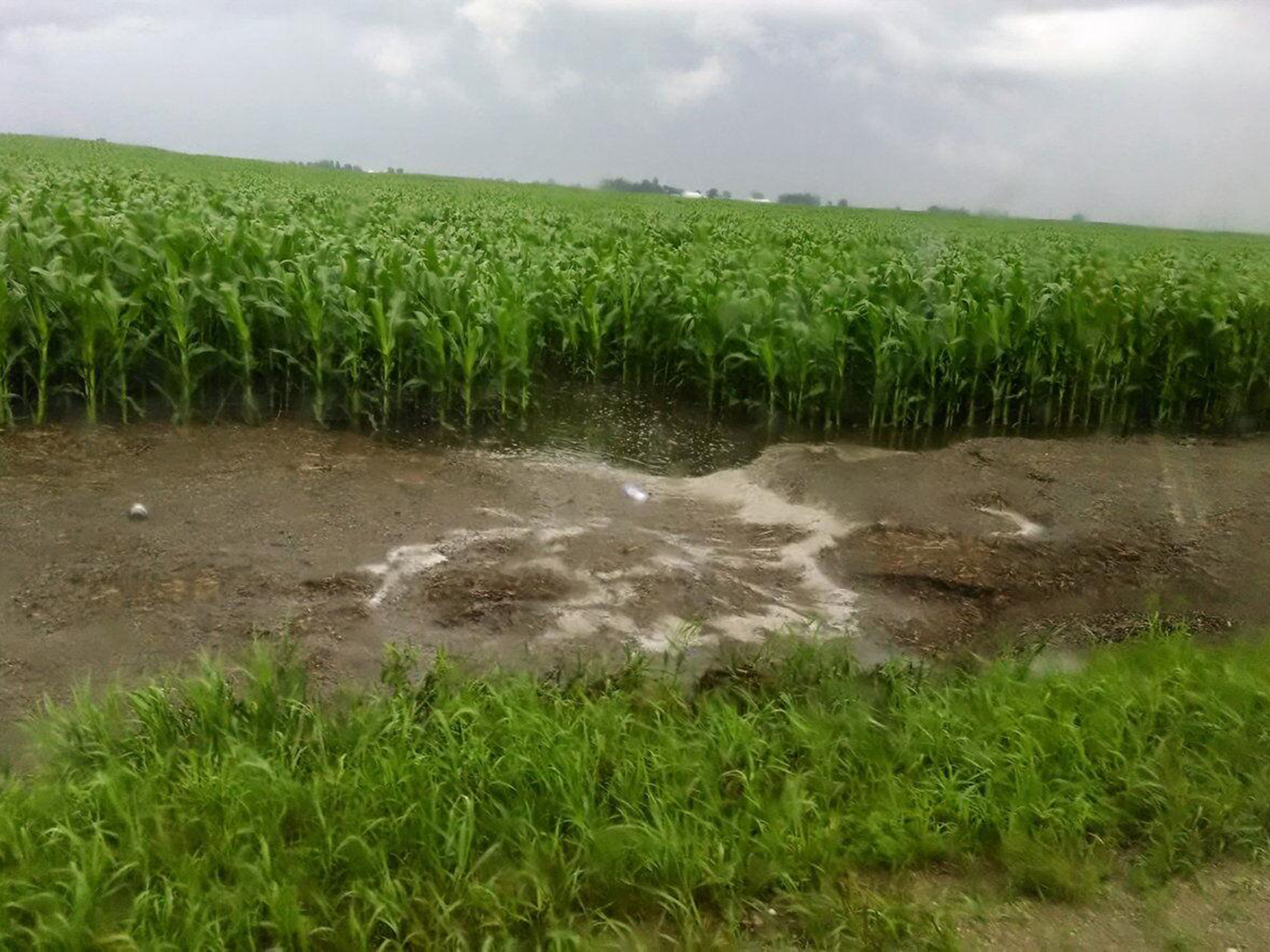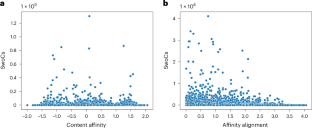2024-11-18 ペンシルベニア州立大学(PennState)

A study led by researchers at Penn State analyzed data from 430 rivers across the U.S. and found that phosphorus loss from agricultural lands has increased over the past four decades, despite efforts to reduce it. This loss of phosphorus can potentially lead to decreased crop yields, which can possibly drive up the cost of food, the researchers explained. Credit: Tyler Groh / Penn State. Creative Commons
<関連情報>
- https://www.psu.edu/news/research/story/american-soil-losing-more-crop-nutrients-due-heavier-rainstorms-study-shows
- https://www.pnas.org/doi/10.1073/pnas.2402028121
米国の河川では広範囲にわたって濃度が低下しているにもかかわらず、リンの損失が増加している Increasing phosphorus loss despite widespread concentration decline in US rivers
Wei Zhi , Hubert Baniecki, Jiangtao Liu, +4, and Li Li
Proceedings of the National Academy of Sciences Published:November 18, 2024
DOI:https://doi.org/10.1073/pnas.2402028121
Significance
Phosphorus (P) reserves in Earth’s rocks are finite. P loss from land to rivers threatens not only food production but also aquatic ecosystem health. Long-term trend analysis of P loss has historically been challenged by sparse data. Here, we overcome this limitation by leveraging weather and earth characteristics data and building a multitask deep learning model for daily concentrations and fluxes (1980–2019) in 430 rivers at the Contiguous United States. Trend analysis shows widespread declines in concentrations, particularly in urban rivers. Concentrations in agricultural rivers, however, have mostly increased, suggesting not-as-effective controls of nonpoint sources. Despite declining concentrations, riverine P loss (fluxes) has significantly increased, driven largely by increasing streamflow in a changing climate.
Abstract
The loss of phosphorous (P) from the land to aquatic systems has polluted waters and threatened food production worldwide. Systematic trend analysis of P, a nonrenewable resource, has been challenging, primarily due to sparse and inconsistent historical data. Here, we leveraged intensive hydrometeorological data and the recent renaissance of deep learning approaches to fill data gaps and reconstruct temporal trends. We trained a multitask long short-term memory model for total P (TP) using data from 430 rivers across the contiguous United States (CONUS). Trend analysis of reconstructed daily records (1980–2019) shows widespread decline in concentrations, with declining, increasing, and insignificantly changing trends in 60%, 28%, and 12% of the rivers, respectively. Concentrations in urban rivers have declined the most despite rising urban population in the past decades; concentrations in agricultural rivers however have mostly increased, suggesting not-as-effective controls of nonpoint sources in agriculture lands compared to point sources in cities. TP loss, calculated as fluxes by multiplying concentration and discharge, however exhibited an overall increasing rate of 6.5% per decade at the CONUS scale over the past 40 y, largely due to increasing river discharge. Results highlight the challenge of reducing TP loss that is complicated by changing river discharge in a warming climate.



